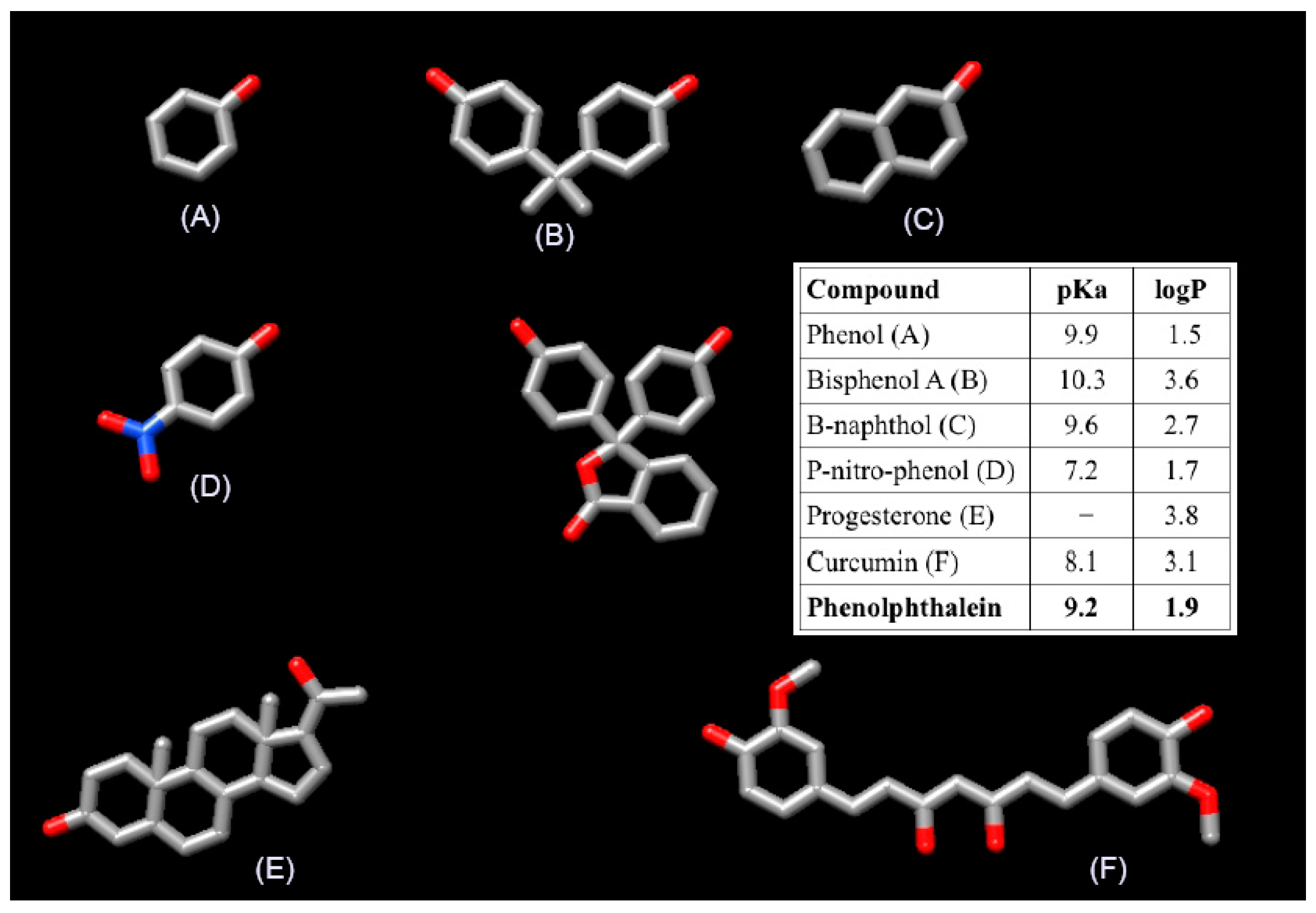Response to Wilson et al. Comments on Lopez-Jaramillo et al. DivinylSulfone Cross-Linked Cyclodextrin-Based Polymeric Materials: Synthesis and Applications as Sorbents and Encapsulating Agents. Molecules, 2015, 20, 3565–3581.
1. Questioning of the High Content of DVS Preparation
2. Influence of the Cross-Linking on the Formation of Inclusion Complexes

3. Limited Molecular Level Characterization of the Cross-Linked Material
4. Reliability of the Linearized Adsorption Models
Acknowledgments
Author Contributions
Conflicts of Interest
References
- Mohamed, M.H.; Wilson, L.D.; Headley, J.V. Tuning the physicochemical properties of β-cyclodextrin based polyurethanes via cross-linking conditions. Microporous Mesoporous Mater. 2015, 214, 23–31. [Google Scholar] [CrossRef]
- Lewis, E.A.; Hansen, L.D. Thermodynamics of binding of guest molecules to α- and β-cyclodextrins. Chem. Soc. Perkin Trans. 1973, 2, 2081–2085. [Google Scholar] [CrossRef]
- Flores, J.; Jimenez, V.; Belmar, J.; Mansilla, H.D.; Alderete, J.B. Inclusion complexation of phenol derivatives with β-cyclodextrin based polymers. J. Incl. Phenom. Macrocycl. 2005, 53, 63–68. [Google Scholar] [CrossRef]
- Abay, I.; Denizli, A.; Biskin, E.; Salih, B. Removal and pre-concentration of phenolic species onto β-cyclodextrin modified poly(hydroxyethylmethacrylate-ethyleneglycoldimethacrylate) microbeads. Chemosphere 2005, 61, 1263–1272. [Google Scholar] [CrossRef] [PubMed]
- Yamasaki, H.; Makihata, Y.; Fukunaga, K. Efficient phenol removal of wastewater from phenolic resin plants using crosslinked cyclodextrin particles. J. Chem. Technol. Biotechnol. 2006, 81, 1271–1276. [Google Scholar] [CrossRef]
- Romo, A.; Peñas, F.J.; Isasi, J.R.; García-Zubiri, I.X.; González-Gaitano, G. Extraction of phenols from aqueous solutions by β-cyclodextrin polymers. Comparison of sorptive capacities with other sorbents. React. Funct. Polym. 2008, 68, 406–413. [Google Scholar] [CrossRef]
- Huang, H.; Wang, J.W.; Fan, Y.F.; Tao, S.Y. Adsorption behavior of β-cyclodextrin polymer to phenol in aqueous solution. Adv. Mater. Res. 2012, 554, 177–180. [Google Scholar] [CrossRef]
- Wang, H.; Wang, Y.; Zhou, Y.; Han, P.; Lu, X. A facile removal of phenol in wastewater using crosslinked β-cyclodextrin particles with ultrasonic treatment. Clean Soil Air Water 2012, 42, 51–55. [Google Scholar] [CrossRef]
- El-Khaiary, M.I.; Malash, G.F. Common data analysis errors in batch adsorption studies. Hydrometallurgy 2001, 105, 314–320. [Google Scholar] [CrossRef]
- Foo, K.Y.; Hameed, B.H. Insights into the modeling of adsorption isotherm systems. Chem. Eng. J. 2010, 156, 2–10. [Google Scholar] [CrossRef]
- Ciopec, M.; Negrea, A.; Lupa, L.; Davidescu, C.M.; Negrea, P. Studies regarding As(V) adsorption from underground wáter by Fe-XAD8-DEHPA resin. Equilibrium sorption and fixed-bed column tests. Molecules 2014, 19, 16082–16101. [Google Scholar] [CrossRef] [PubMed]
- Martina, K.; Baricco, F.; Berlieir, G.; Caporaso, M.; Cravotto, G. Efficient green protocols for preparation of highly functionalized β-cyclodextrin-grafted silica. ACS Sustain. Chem. Eng. 2014, 2, 2595–2603. [Google Scholar] [CrossRef]
© 2016 by the authors. Licensee MDPI, Basel, Switzerland. This article is an open access article distributed under the terms and conditions of the Creative Commons by Attribution (CC-BY) license ( http://creativecommons.org/licenses/by/4.0/).
Share and Cite
Lopez-Jaramillo, F.J.; Hernández-Mateo, F.; Santoyo-Gonzalez, F. Response to Wilson et al. Comments on Lopez-Jaramillo et al. DivinylSulfone Cross-Linked Cyclodextrin-Based Polymeric Materials: Synthesis and Applications as Sorbents and Encapsulating Agents. Molecules, 2015, 20, 3565–3581. Molecules 2016, 21, 98. https://doi.org/10.3390/molecules21010098
Lopez-Jaramillo FJ, Hernández-Mateo F, Santoyo-Gonzalez F. Response to Wilson et al. Comments on Lopez-Jaramillo et al. DivinylSulfone Cross-Linked Cyclodextrin-Based Polymeric Materials: Synthesis and Applications as Sorbents and Encapsulating Agents. Molecules, 2015, 20, 3565–3581. Molecules. 2016; 21(1):98. https://doi.org/10.3390/molecules21010098
Chicago/Turabian StyleLopez-Jaramillo, Francisco Javier, Fernando Hernández-Mateo, and Francisco Santoyo-Gonzalez. 2016. "Response to Wilson et al. Comments on Lopez-Jaramillo et al. DivinylSulfone Cross-Linked Cyclodextrin-Based Polymeric Materials: Synthesis and Applications as Sorbents and Encapsulating Agents. Molecules, 2015, 20, 3565–3581." Molecules 21, no. 1: 98. https://doi.org/10.3390/molecules21010098
APA StyleLopez-Jaramillo, F. J., Hernández-Mateo, F., & Santoyo-Gonzalez, F. (2016). Response to Wilson et al. Comments on Lopez-Jaramillo et al. DivinylSulfone Cross-Linked Cyclodextrin-Based Polymeric Materials: Synthesis and Applications as Sorbents and Encapsulating Agents. Molecules, 2015, 20, 3565–3581. Molecules, 21(1), 98. https://doi.org/10.3390/molecules21010098




